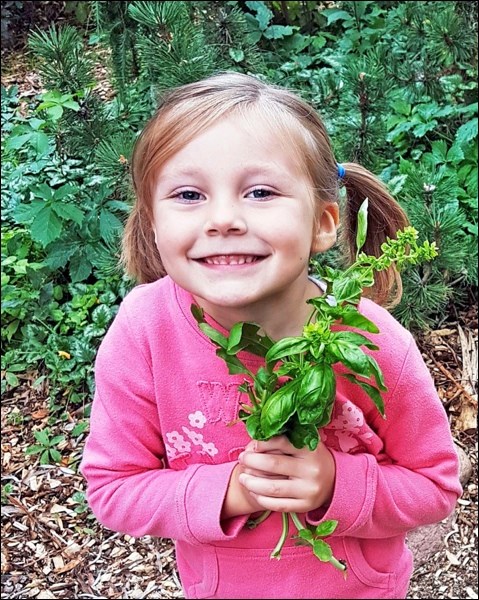It is amazing that already I have sowed the seeds of sanity in my home! Yes, even though winter is not officially here, some time over the weekend was spent happily seeding the chosen herbs for my culinary and health forays. Growing useful crops helps the long winter seem a little bit shorter, and keeps the blues away.
There is nothing better than to enjoy the wonderful aroma and flavour of food cooked with fresh herbs. Better yet, by growing those herbs we love to cook with, we also derive the benefit of having great looking edible plants in our home environment. Not all herbs are suitable for growing indoors, but there are many that are easy to grow. I like to suggest that you grow first and foremost those herbs that you will use to enhance the food you like to cook or consume. Secondly, try to grow those herbs that are compact in size so they don’t get too large for your growing area.
One other thing to remember is that most herbs are sun worshipers. The light in our homes – even if you place your herbs in direct sunlight will not be sufficient to promote healthy growth. You will have to provide supplemental light for your herbs.
As a frugal gardener, both inside and out I like to be able to easily grow herbs in my house without a lot of extra cost or trouble. I grow mine in an empty room that has enough extra room for a couple of fluorescent fixtures. These lights need to be placed directly above the herbs to ensure they get adequate light. I installed mine on small chains so I can easily adjust the distance between the light and plants. Be aware that the amount of foot candles (a common measurement of the brightness of light falling on a given area) hitting your plants decreases substantially with the distance the light is away. Ideally you never want to have your lights further away than about 8 inches from the lowest leaves. Therefore, this type of lighting works best for shorter herbs.
Although light is the most important factor for success, soil also has importance. Herbs almost always like good drainage, so ensure your soil mixture will drain quickly. Feed your herbs once a week while they are actively growing and water less often and more thoroughly. If you wait until the soil is dry to the touch, you will ensure you do not “drown” your herbs before you have a chance to enjoy them.
The following herbs are my personal favourites. Most are consistently compact, have great flavour and have worked well under my growing conditions.
Fernleaf dill (Anethum graveolens) : up to 18 inches tall; germinates in seven to 14 days at room temperature.
Spicy Globe basil (Ocimum basilicum minimum): dense form of basil about eight inches tall with good flavour; germinates six to 12 days at room temperature. Good for the skin, colds and the flu.
Holy basil (Ocimum tenuiflorum): makes a great relaxing tea that will help to de-stress your life and help heal your body from the ravages of everyday life. Pinch back vigorously to help keep contained.
Greek oregano (Origanum vulgare hirtum): true Mediterranean oregano with excellent flavour; eight to 12 inches tall and germinates in seven to 21 days at room temperature.
English mint (Mentha spicata): well behaved for a mint with broader leaves that makes splendid tea and is high in Vitamin C and iron
Extra Curled Dwarf parsley (Petroselinum crispum):great for the immune system and the dinner plate.
— Hanbidge is a horticulturist with the Saskatoon School of Horticulture and can be reached at 306-931-GROW(4769); by email at growyourfuture@gmail.com; facebook: @schoolofhort; twitter: @hortiuclturepat; instagram: patyplant or check out our website at saskhort.com.



